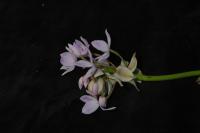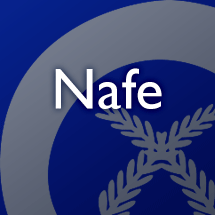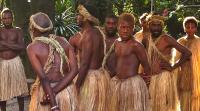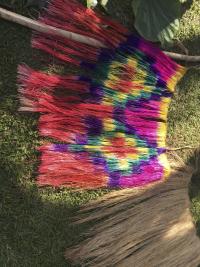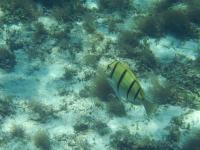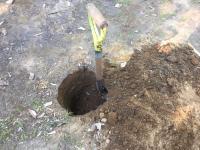This page has returned 100 entries
Ramasikin
rangho
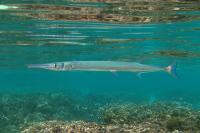
Hound needlefish, crocodile long-tom
Example: Photo by Philippe Bourjon / Fishbase, License: CC BY-SA 3.0 via Fishes of Australia
bookmarkrango
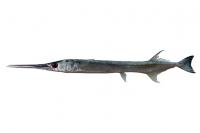
Reef needlefish
Example: Photo by ANFC, License: CC BY-NC 3.0 via Fishes of Australia
bookmarkrayai

Whitespotted surgeonfish
Example: Photo by Jeffrey T. Williams / Smithsonian Institution, License: CC BY-SA 3.0 via Fishes of Australia
bookmarkrehwiir
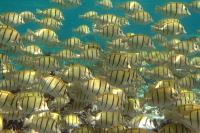
Convict surgeonfish, convict tang
Example: Photo by Philippe Bourjon / Fishbase, License: CC BY-SA 3.0 via Fishes of Australia
bookmarkreiai

Whitespotted Surgeonfish
Example: Photo by Jeffrey T. Williams / Smithsonian Institution, License: CC BY-SA 3.0 via Fishes of Australia
bookmarkrerenakuang
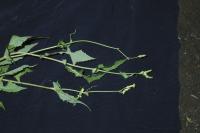
rerenakuang

rerinitakuang
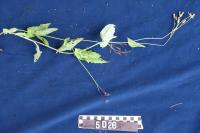
reyai
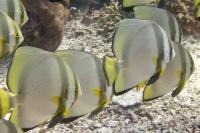
Orbicular batfish
Example: Photo by Elias Levy / Flickr, License: CC BY 3.0 via Fishes of Australia
bookmarkrihing-keu
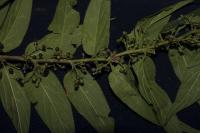
[rɨŋkew] n. understory tree growing in area of Ianarawia ("high hill") settlement (village of Philip Wahe). (collection: Gregory M. Plunkett #3154)
Example: This tree is poisonous to goats, cattle-if they eat it they will die. The wood is used to make rafters for houses as well as burned as firewood.
bookmarkring
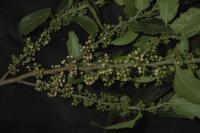
[riŋ] n. tree, 8 m tall (collection: Gregory M. Plunkett #2992)
Example: Fuel: Dry portions of this plant are used as firewood. Hunting: Pidgeons are known to eat the fruit of this plant. As a result, hunters will cluster about these trees to hunt this animal. Construction: The timber of the plant is used to make roof members of local houses.
bookmarkring

n. tree, 8 m tall (collection: Gregory M. Plunkett #2992)
Example: Fuel: Dry portions of this plant are used as firewood. Hunting: Pidgeons are known to eat the fruit of this plant. As a result, hunters will cluster about these trees to hunt this animal. Construction: The timber of the plant is used to make roof members of local houses.
bookmarkring
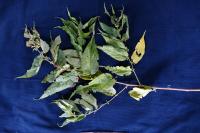
n. tree, 6 m tall (collection: Gregory M. Plunkett #3239)
Example: This is a toxic plant for cows. When they eat it, they die. But the bark can be used to cover food for cooking--cover taro, cassava and other tubers with the leaves when they are being cooked on the fire. The leaves are not toxic to people--only cows.
bookmarkring
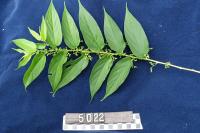
ringkai
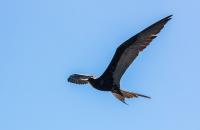
[rigai ~ ringgai] Great Frigatebird
Example: Photo by Diego Delso / Wikimedia Commons, License: CC BY-SA 3.0 via Wikimedia Commons
bookmarkriuwiru
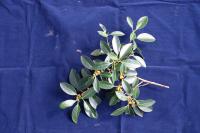
rɨsɨkai
ros

ros

ruareng
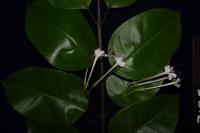
ruerau
